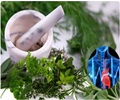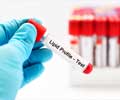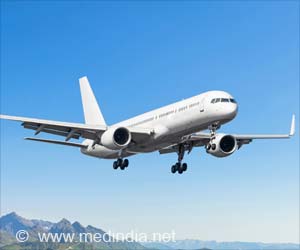Synthetic high-density lipoprotein (HDL), the ''good'' cholesterol, can help fight chronically high cholesterol levels and the deadly heart disease that often results.

The study is published online by the Journal of the American Chemical Society (JACS).
''We have designed and built a cholesterol sponge. The synthetic HDL features the basics of what a great cholesterol drug should be,'' said Chad A. Mirkin, George B. Rathmann Professor of Chemistry in the Weinberg College of Arts and Sciences, professor of medicine and professor of materials science and engineering. Mirkin and Shad Thaxton, assistant professor of urology in Northwestern's Feinberg School of Medicine, led the study.
''Drugs that lower the bad cholesterol, LDL, are available, and you can lower LDL through your diet, but it is difficult to raise the good cholesterol, HDL,'' said Mirkin. ''I've taken niacin to try and raise my HDL, but the side effects are bad so I stopped. We are hopeful that our synthetic HDL will one day help fill this gap in useful therapeutics.''
In creating synthetic HDL the researchers started with a gold nanoparticle as the core. They then layered on a lipid that attaches to the gold surface, then another lipid and last a protein, called APOA1, the main protein component of naturally occurring HDL. The final high-density lipoprotein nanoparticles are each about 18 nanometers in diameter, a size similar to natural HDL.
''Cholesterol is essential to our cells, but chronic excess can lead to dangerous plaque formation in our arteries,'' said Thaxton. ''HDL transports cholesterol to the liver, which protects against atherosclerosis. Our hope is that, with further development, our synthetic form of HDL could be used to increase HDL levels and promote better health.''
Advertisement
The development of synthetic HDL is a result of a successful collaboration between scientists in Northwestern's department of chemistry and the Feinberg School. Bringing these two groups together, says Mirkin, should lead to major advances in translational research. Their next step is to further study the synthetic HDL in biologically relevant conditions and measure and evaluate the cholesterol-binding properties.
Advertisement
GPL/SK












